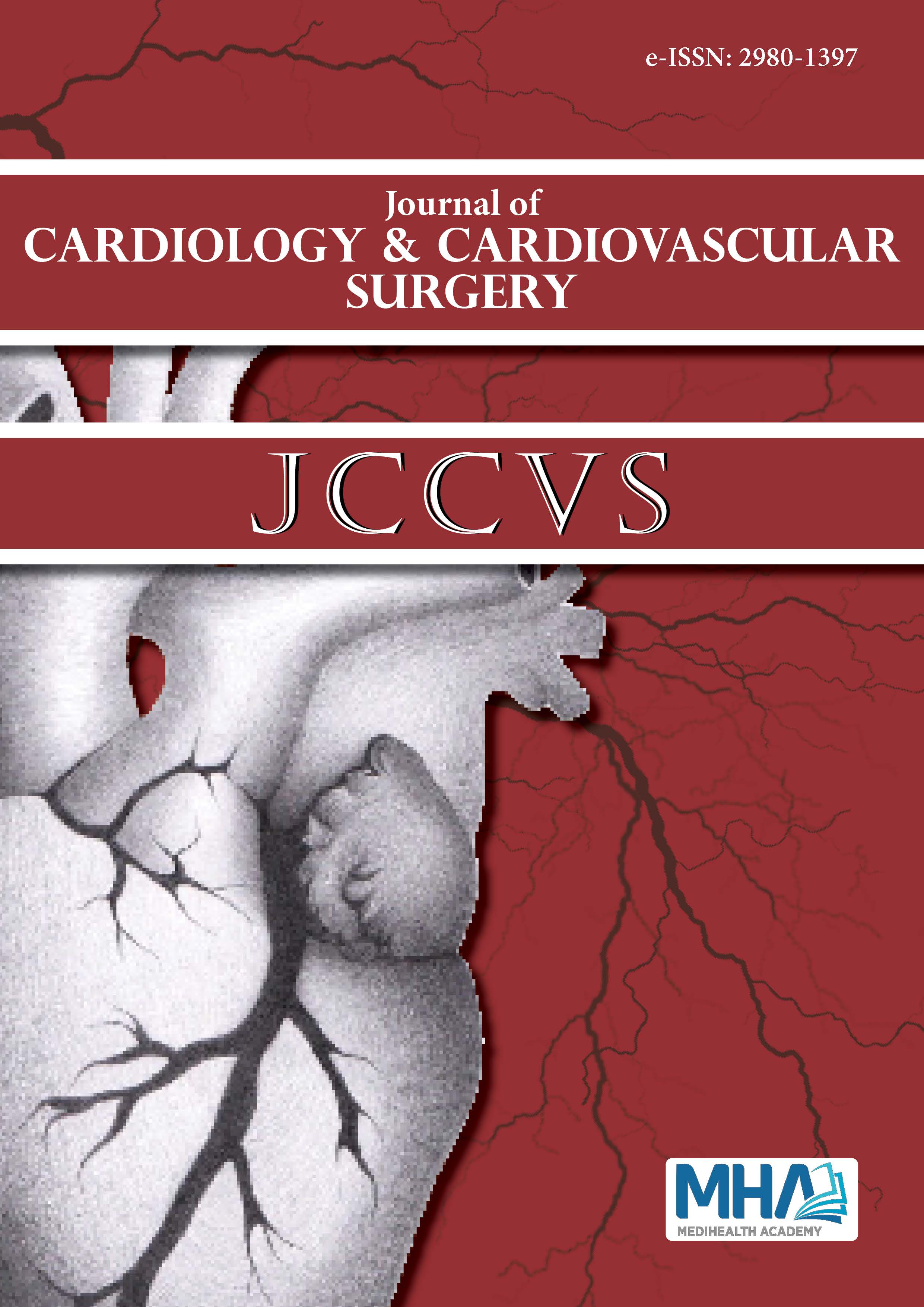1. Yılmaz Y, Sarıkaya İ, Eryol NK. Obstrüktif uyku apne sendromunda solventrikül diyastolik fonksiyonlarının doku Doppler ekokardiyografi vepulmoner ven diyastolik akım hızları ile değerlendirilmesi. AnadoluGüncel Tıp Dergisi. 2020;2(3):61-67.
2. Marin JM, Agusti A, Villar I, et al. Association between treated anduntreated obstructive sleep apnea and the risk of hypertension. JAMA.2012;307(20):2169-2176
3. May AM, Van Wagoner DR, Mehra R. OSA and cardiacarrhythmogenesis. Mechanistic Insights. Contemporary reviews insleep medicine. Chest. 2017;151(1):225-241.
4. Bayram NA, Diker E. Obstrüktif uyku apnesi sendromu ve kardiyakaritmi [Obstructive sleep apnea syndrome and cardiac arrhythmias].Turk Kardiyol Dern Ars. 2008;36(1):44-50.
5. Guilleminault C, Connolly SJ, Winkle RA. Cardiac arrhythmia andconduction disturbances during sleep in 400 patients with sleep apneasyndrome. Am J Cardiol 1983;52:490-494.
6. Guilleminault C, Simmons FB, Motta J, et al. Obstructive sleep apneasyndrome and tracheostomy. Long-term followup experience. ArchIntern Med 1981;141:985-988.
7. Martí-Almor J, Jiménez-López J, et al. Obstructive sleep apnea syndromeas a trigger of cardiac arrhythmias. Curr Cardiol Rep. 2021;23(3):20
8. Elming H, Holm E, Jun L, et al. The prognostic value of the QTinterval and QT interval dispersion in all-cause and cardiac mortalityand morbidity in a population of Danish citizens. Eur Heart J.1998;19(9):1391-1400.
9. Yılmaz Y, Keleşoğlu Ş, Gökay F. Tp-e interval, Tp-e/QT, and Tp-e/QTc ratios in patients with primary hyperparathyroidism andtheir relationship with cardiac arrhythmic events. Turk J Med Sci.2022;52(2):397-404.
10. Kapur VK, Auckley DH, Chowdhuri S, et al. Clinical practice guidelinefor diagnostic testing for adult obstructive sleep apnea: an AmericanAcademy of Sleep Medicine clinical practice guideline. J Clin SleepMed. 2017;13(3):479-504
11. Latina JM, Estes NA 3rd, Garlitski AC. The Relationship betweenObstructive Sleep Apnea and Atrial Fibrillation: A Complex Interplay.Pulm Med. 2013;2013:621736.
12. Yan GX, Antzelevitch C. Cellular basis for the normal T wave andthe electrocardiographic manifestations of the long QT syndrome.Circulation. 1998;98:1928-1936.
13. Antzelevitch C, Shimizu W, Yan GX, et al. The M cell: its contributionto the ECG and to normal and abnormal electrical function of theheart. J Cardiovasc Electrophysiol. 1999;10:1124-1152.
14. Watanabe N, Kobayashi Y, Tanno K, et al. Transmural dispersion ofrepolarization and ventricular tachyarrhythmias. J Electrocardiol.2004;37:191-200.
15. Milberg P, Reinsch N, Wasmer K, et al. Transmural dispersion ofrepolarization as a key factor of arrhythmogenicity in a novel intactheart model of LQT3. Cardiovasc Res. 2005;65:397-404.
16. Pepe J, Cipriani C, Curione M, et al. Reduction of arrhythmias inprimary hyperparathyroidism, by parathyroidectomy, evaluated with24-h ECG monitoring. Eur J Endocrinol. 2018;179(2):117-124.
17. Curione M, Letizia C, Amato S, et al. Increased risk of cardiac deathin primary hyperparathyroidism: what is a role of electrical instability?Int J Cardiol. 2007;121(2):200-202.
18. Curione M, Amato S, Di Bona S, Petramala L, Cotesta D, Letizia C.Parathyroidectomy erase increased myocardial electrical vulnerabilityin patients with primary hyperparathyroidism. Int J Cardiol.2010;141(2):201-202.
19. Shimizu M, Ino H, Okeie K, et al. T-peak to T-end interval maybe a better predictor of high-risk patients with hypertrophiccardiomyopathy associated with a cardiac troponin I mutation than QTdispersion. Clin Cardiol. 2002;25:335-339.
20. Mehra R, Benjamin EJ, Shahar E, et al. Sleep Heart Health Study.Association of nocturnal arrhythmias with sleep-disordered breathing:The Sleep Heart Health Study. Am J Respir Crit Care Med 2006;173:910-916.
21. Grimm W, Becker HF. Obesity, sleep apnea syndrome, andarrhythmogenic risk. Herz 2006;31:213-218.
22. Gami A, Olson E, Shen W, et al. Obstructive sleep apnea and the risk ofsudden cardiac death: a longitudinal study of 10,701 adults. J Am CollCardiol. 2013;62(7):610-616.
23. Barta K, Szabo Z, Kun C, et al. The effect of sleep apnea on QT interval,QT dispersion, and arrhythmias. Clin Cardiol. 2010;33:35-39.
24. Baumert M, Smith J, Catcheside P, et al. Variability of QT intervalduration in obstructive sleep apnea: An indicator of disease severity.Sleep. 2008;31:959-966.
25. Sökmen E, Özbek SC, Çelik M, Sivri S, Metin M, Avcu M. Changes inthe parameters of ventricular repolarization during preapnea, apnea,and postapnea periods in patients with obstructive sleep apnea. PacingClin Electrophysiol. 2018;41(7):762-766.
26. Kilicaslan F, Tokatli A, Ozdag F, et al. Tp-e interval, Tp-e/QT ratio,and Tp-e/QTc ratio are prolonged in patients with moderate and severeobstructive sleep apnea. Pacing Clin Electrophysiol. 2012;35(8):966-972.
27. Karacop E, Karacop HB. Correlation between apnea-hypopnea indexand Tp-Te interval, Tp-Te/QT, and Tp-Te/QTc ratios in obstructivesleep apnea. Ann Noninvasive Electrocardiol. 2021;26(2):e1280.

